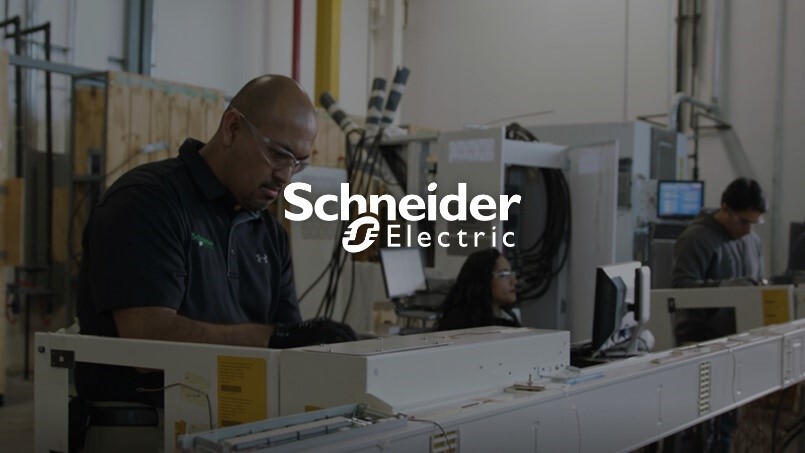Common replacement accessories: Sandvik movable Jaw Plate, Sandvik fixed jaw plate, shield, briquetting, brackets Jaw Crusher Wear Parts,Impact Crusher Wear Parts,Svedala Jaw Crusher Parts,Jaw Crusher Parts Ma An Shan Shi Bo Da Jing Shen Machinery Co.,ltd , https://www.bodamachinery.com
Main material: high manganese steel, chrome-manganese (Mn13, Mn13Cr2, Mn18, Mn18Cr2), Carbide
Casting Process: water glass sand casting and lost foam casting process
Adapt materials: river gravel, granite, basalt, iron ore, limestone, quartz, diabase, iron ore, gold, copper, etc.
Applications: quarry gravel, concrete mixing station, dry mortar, desulfurization plant, quartz sand
Autodesk, Schneider Electric Shape Future of Electrical Design and Engineering, Combat Climate Change
The way we generate, distribute, consume, and store energy is undergoing a major transformation. Fast forward to 2040, and by then, 40% of the energy we use will come from renewable sources. Many buildings will be self-sufficient, and this shift will fundamentally reshape the design process.
Autodesk and Schneider Electric recognized these challenges—and the opportunities they bring—when we first embarked on this journey. We started by reimagining the building design process to better align with the evolving energy landscape. Now, moving beyond just imagining, we’re exploring how we can support the industries and clients we serve, while also making a positive impact on the planet.
At AU Virtual, Marc Nezet, Senior Vice President at Schneider Electric, joined me in a conversation about breaking down silos and integrating workflows into the Building Information Modeling (BIM) process.
**Adapting to a New Energy Landscape**
New standards are pushing for more advanced digital design solutions. To meet this demand, we're collaborating on a new electrical engineering design solution from Schneider Electric that leverages Autodesk’s cloud infrastructure. The goal? To create more sustainable, energy-efficient buildings that help combat climate change.

*Autodesk and Schneider Electric are reimagining the building design process, adapting to the new energy landscape.*
**BIM Empowers Electrical Engineers for the Future of Work**
While many mechanical engineers have already transitioned to BIM, electrical engineers have faced challenges due to regional standards, industry fragmentation, and disconnected processes. This partnership aims to accelerate their migration and move away from outdated, analog-based workflows, enabling more effective design and collaboration.
Schneider Electric is developing a new cloud-based service for electrical designers, powered by Autodesk Forge. This will offer a seamless, connected experience—from concept through schematic and detailed design—better meeting the needs of today’s industry.
The new solution is designed to fill critical gaps in BIM-based workflows for our customers, making Revit a smarter, more integrated tool. Engineers will gain access to key capabilities like load distribution mapping, power balancing, equipment sizing, and single-line diagramming.
**New Workflows Make a Mark on Climate Change**
Schneider Electric’s tools enhance Revit, strengthening electrical design workflows. With machine learning and generative design, the new solution can propose an optimal infrastructure network based on existing building plans, using inputs like energy consumption and performance targets such as energy efficiency and carbon reduction.
“Instead of spending hours designing a network from scratch, engineers will now be able to incorporate ‘lessons learned’ from previous projects to create even more impressive designs,†said Marc Nezet, Senior Vice President of Energy Management Software at Schneider Electric. “Productivity and creativity will soar when architects and engineers have access to energy efficiency data that fuels innovation in new buildings and supports future infrastructure.â€
The real value lies in connecting the entire design process—from start to finish—optimizing energy efficiency throughout construction and into building operations.
This means a stronger positive impact on climate change and carbon efficiency. Years from now, when we look back on 2020, we’ll be proud to say we played a part in shaping a more sustainable future.